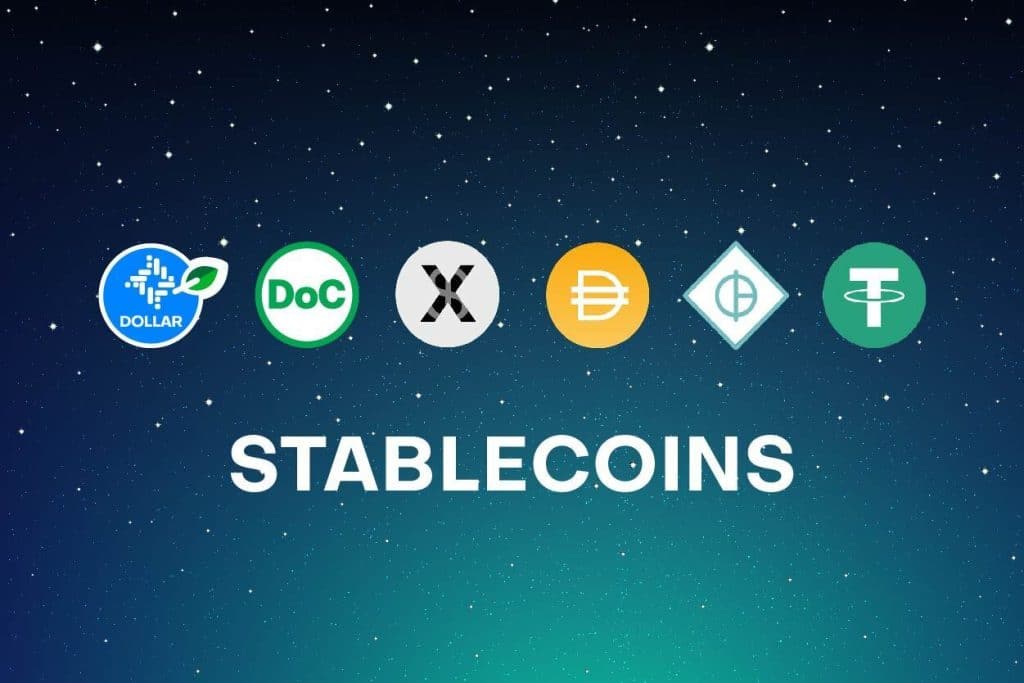Digital currencies are back in the spotlight, but this time, it’s not Bitcoin or Ethereum making headlines—it’s stablecoins. With their market cap surging to $235 billion, stablecoins pegged to the U.S. dollar are gaining traction in both tech and finance sectors. This growth has caught the attention of U.S. lawmakers, bringing bipartisan discussions on regulation to the forefront.
Let’s explore why stablecoins are suddenly booming and what this means for the future of fintech and digital infrastructure.
What Are Stablecoins, and Why the Buzz Now?
Unlike volatile cryptocurrencies, stablecoins are designed to maintain a fixed value—usually tied to the U.S. dollar. This makes them a safer choice for everyday transactions, cross-border payments, and digital asset trading. Their growing adoption by companies and investors is a sign that the market is looking for reliability in the digital currency space.
What’s pushing this surge? It’s a mix of increasing use cases (especially in DeFi and remittances), improved technology, and economic instability in some traditional banking systems. Platforms like PayPal and Stripe are also exploring stablecoin integrations, adding legitimacy to their role in mainstream finance.
Regulatory Attention: A Double-Edged Sword?
The rising popularity of stablecoins has prompted bipartisan action in U.S. Congress. Lawmakers are concerned about consumer protection, money laundering, and financial system stability. There are discussions around creating a legal framework for stablecoin issuance and management, which could either propel growth or slow innovation, depending on how it’s executed.
For the tech industry, this means playing a more active role in shaping future financial systems. Tech platforms integrating stablecoins must now prepare for compliance, risk management, and regulatory audits.
Impact on the Broader Tech Sector
Stablecoins are more than a financial tool—they’re a tech enabler. They’re powering new layers of fintech services, improving transaction speeds, reducing costs, and making microtransactions viable. For sectors like e-commerce, gaming, and gig economy platforms, this could mean faster payouts and greater global reach.
Additionally, Web3 ecosystems are building smart contracts and apps using stablecoin infrastructure, making it an integral part of the decentralised tech movement.
Ascend Education’s Take
At Ascend Education, we believe understanding stablecoins is essential for tech and business professionals alike. The convergence of digital finance and technology is rewriting the rules of global commerce, and stablecoins sit right at the intersection.
That’s why we integrate digital finance modules into our curriculum, helping learners understand not just the technical backend of digital currencies but also the policy, security, and economic aspects. With stablecoins reshaping how money moves, tech talent needs to be informed, adaptive, and compliant.
Stablecoins aren’t just a trend—they’re part of a bigger shift toward programmable money. The future belongs to those who understand how tech and finance evolve together.


